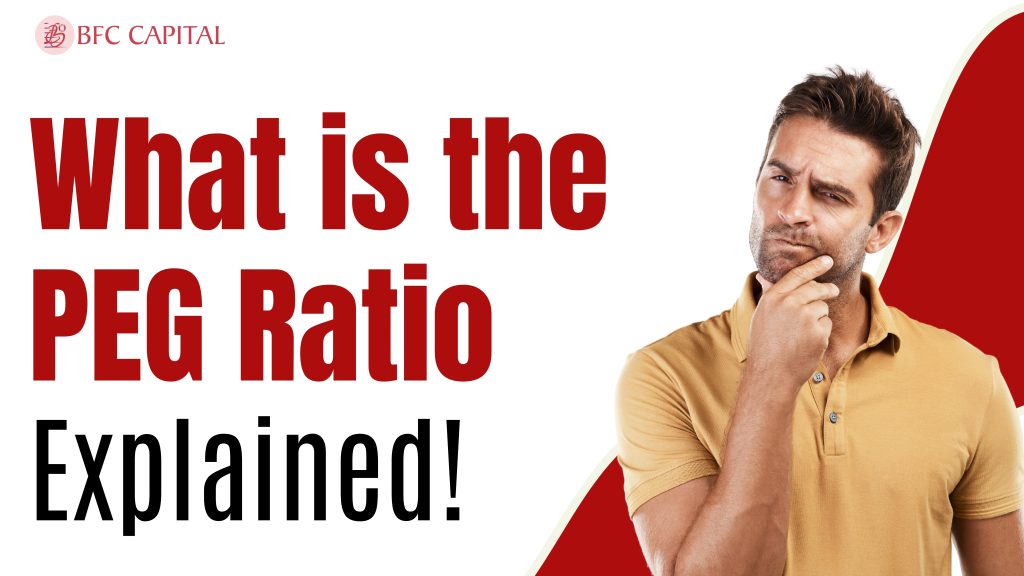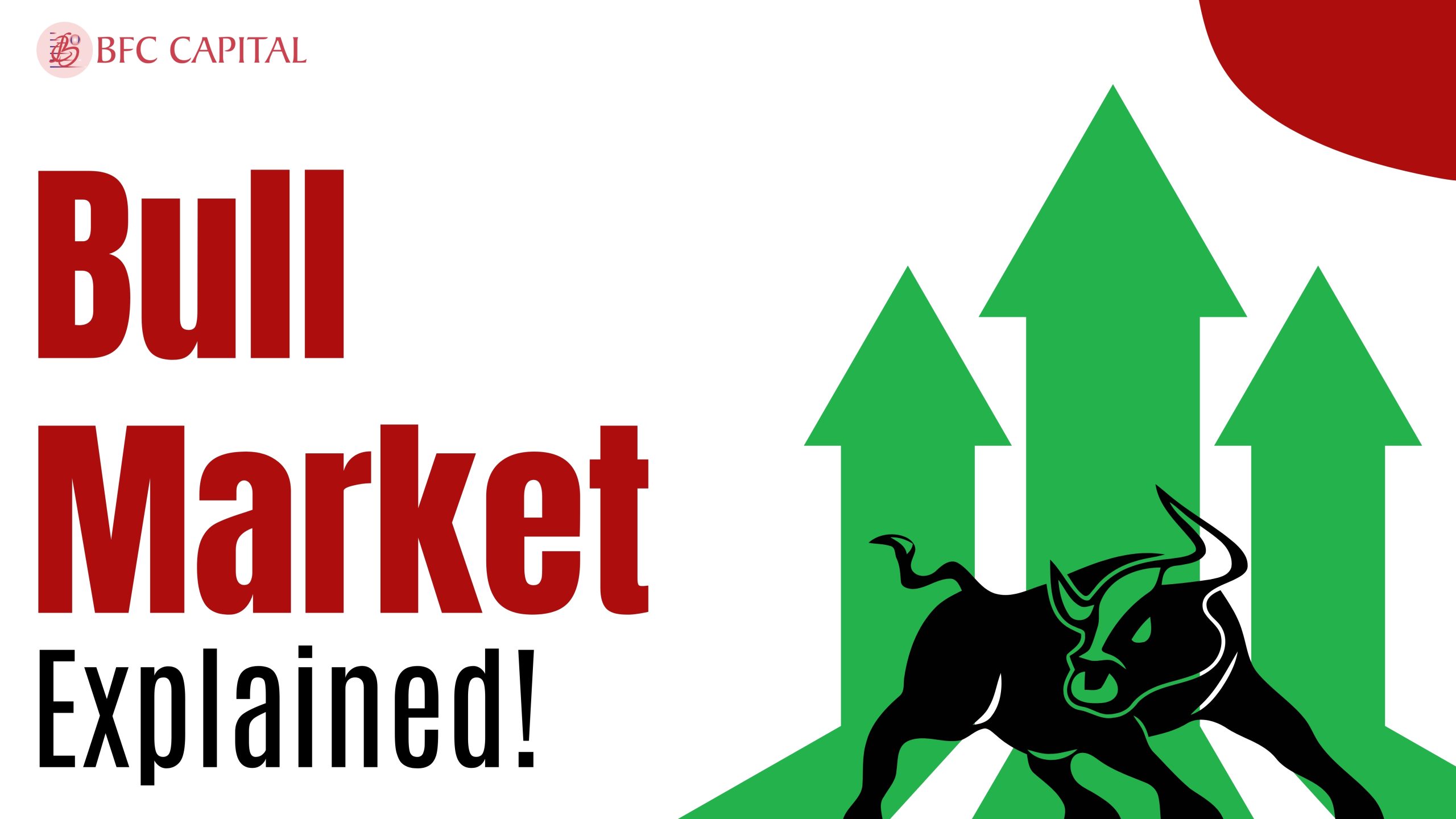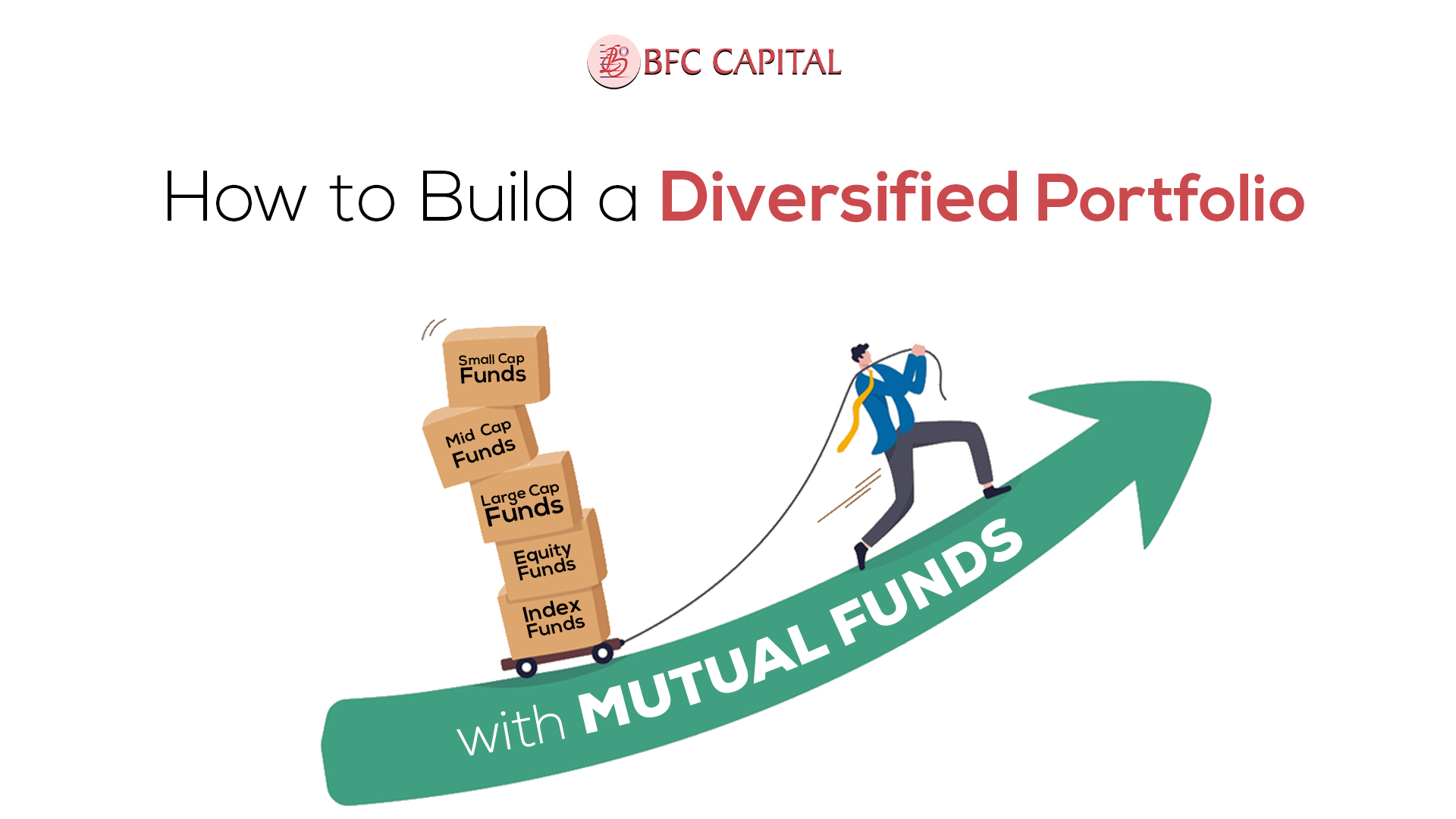
The Price/Earnings-to-Growth (PEG) ratio was developed as a means of helping investors perform a more detailed analysis of a stock and its potential future value for investment. The Price-to-Earnings (P/E) ratio is another technique that is commonly used to determine whether a share is either over or undervalued in relation to current earnings; however, this does not consider the company’s growth potential in terms of earnings. The PEG ratio complements this by incorporating the expected growth rate in the assessment, providing a fairer estimate of its value. This makes the PEG ratio particularly useful while comparing companies in growth industries where future growth potential is of the most value.
Table of Contents
What is the PEG Ratio?
A PEG ratio is a combination of Price/earnings ratio and expected earnings growth rate for a specified period. This metric can give a much better valuation of the position of a particular stock concerning the company’s capability to generate earnings.
In other words, just as a P/E ratio gives an investor an idea of what a stock is really worth, the PEG does the same and also takes into account the stock’s growth prospects. Thus for relatively more detailed examinations, the PEG coefficient is essential.
Formula
PEG ratio = (P/E ratio)/Earnings per share(EPS) growth rate
Analogy Explaining The Concept
Let me tell you an example, when you are going to buy a car, you have two choices. Sample A car: initially affordable, but it consumes a lot of fuel; Sample B car: a more expensive car, but it has good fuel efficiency. On the face of it, the car Amight appear to be better since it costs less than the automobile being compared with. But, if they can consider the cost, in relation to the fuel consumption over the years, then, they will be able to reason out that in fact, in the long run they will be saving because the car will consume less fuel.
In this analogy, the price of this car is a corresponding to a P/E ratio which means what you pay for the investment. The car’s fuel efficiency is typical of the growth rate of the company in question. Likewise, just as you would somewhat compare the price and efficiency to gain the greatest bang for your buck when buying a car, the PEG ratio in investing hinges upon both the price of the stock and the company’s growth rate. A car that is economical may consume a lot of fuel, a situation that is not ideal, similarly a share with a low P/E ratio but poor growth prospects may not be a good investment. The PEG ratio assists you in identifying that range where the cost and its future returns are worthwhile, helping you make a better decision.
What PEG Ratio Is Good?
In general, a PEG ratio of 1 was learned as the benchmark for a stock that offers reasonable growth. less than zero or equal to it indicates that a stock might be overvalued or if not, fairly valued. PEG ratio of more than one. 0 is a signal of an overbought stock which is not very prudent from an investor’s perspective. In other words, investors who use the PEG analysis are interested in stocks with a PEG that should be 1 or less taking into account the fact that it concerns the comparison of the P/E ratio to the expected growth rate of the company.
However, one should be aware that using the PEG ratio, or indeed, any financial metric is unlikely to be sufficient. In addition, if the PEG ratio of a company is less than or more than 1, it indicates that there is something wrong with the business. Zero did not mean that is a good or a bad investment.
Comprehending that the wide ranges of PEG ratios can be useful to compare like occupations in reference to growth. However due to the probability estimations used in the construction of the PEG Ratio as well as the uncertainty inherent in the growth rate of almost any company, one should use the PEG Ratio only as one of the criteria used when evaluating any investments.
Advantages of the PEG Ratio
Holistic Valuation
The PEG ratio enables a company’s stock to be evaluated in its entirety with the help of the company’s price to earnings ratio (P/E Ratio) and the company’s earnings growth rate. This approach enables the holders of the stock to have a detailed value of the stock combining the current earnings with future growth prospects. Combining these factors with such precision, the PEG ratio provides a more comprehensive and meaningful vision to the investors and distinguishes them from other approaches.
Comparative Analysis
Additionally, using PEG ratios, you can provide easy comparisons between similar industries. Through the above adjustment, investors will be able to separate those stocks that are not only cheap in terms of P/E ratio but also have good growth prospects so that good investment decisions can be made.
Risk Assessment
The PEG ratio helps investors to measure the risk of a particular stock. This means that a low PEG ratio indicates that a stock is lowly valued concerning its forecast growth, and provides an excellent risk reward. This information puts the investors in the best position to control their risk exposure efficiently.
That is why, pointing at stocks that are currently underappreciated and showing great growth potential, investors can make proper decisions, which would increase their likelihood to receive positive results as well as decrease potential risks. The PEG ratio has therefore the utility of helping investors in making rational and sound investments.
Quick Screening Tool
PEG ratios act as useful filters; indeed, investors using it can easily pick out the stocks of companies with good growth profiles but which are currently trading at a PEG ratio not more than 1. This shortens the time that is taken in the research and analysis of stocks making it easier to identify the best stocks to invest in.
Bottom Line
The PEG ratio is a critical analysis tool focused on both Price and Earnings, with an additional outlook on the growth prospects of the company. While the P/E ratio gives a view on the current position of the firm’s valuation, the PEG ratio gives a more forward-looking view that includes expected growth as well. For instance, if a PEG ratio is lower than the market average, then it can be deemed that the stock in question may be undervalued with great growth prospects, which in turn would make it a good investment candidate, yet a higher PEG ratio may give an idea that the opposite is true and that the stock is overpriced in terms of growth. The PEG ratio also helps investors distinguish and locate the correct investment opportunities where value and growth are present.
Please share your thoughts on this post by leaving a reply in the comments section.
Also, check out our recent post on: “Line of Credit vs. Loans: Understanding the Key Differences“
To learn more about mutual funds, contact us via Phone, WhatsApp, Email, or visit our Website. Additionally, you can download the Prodigy Pro app to start investing today!
Disclaimer – This article is for educational purposes only and by no means intends to substitute expert guidance. Mutual fund investments are subject to market risks. Please read the scheme related document carefully before investing.

Assistant Vice President – Research & Analysis
Akash Gupta heads the Research & Analysis department at BFC CAPITAL, where he combines in-depth market insights with strategic analysis. He holds multiple certifications, including:
- NISM-Series-XIII: Common Derivatives Certification
- NISM-Series-VIII: Equity Derivatives Certification
- NISM-Series-XXI-A: Portfolio Management Services Certification
- IRDAI Certification
With his expertise in equity, derivatives, and portfolio management, Akash plays a key role in providing research-backed strategies and actionable insights to help clients navigate the investment landscape.








Name: How to Reduce the Number of Funds in Your Portfolio
says:[…] Also, check out our recent post on: “What is the PEG Ratio?“ […]